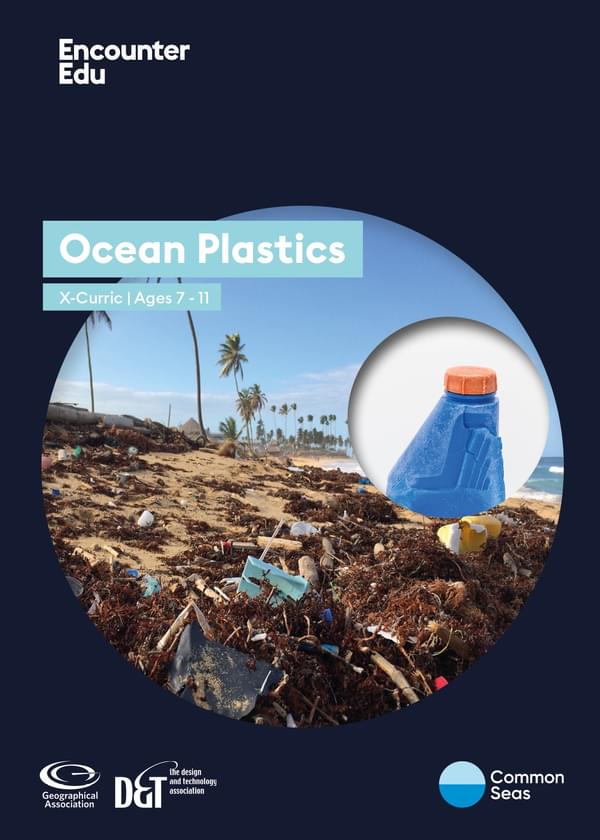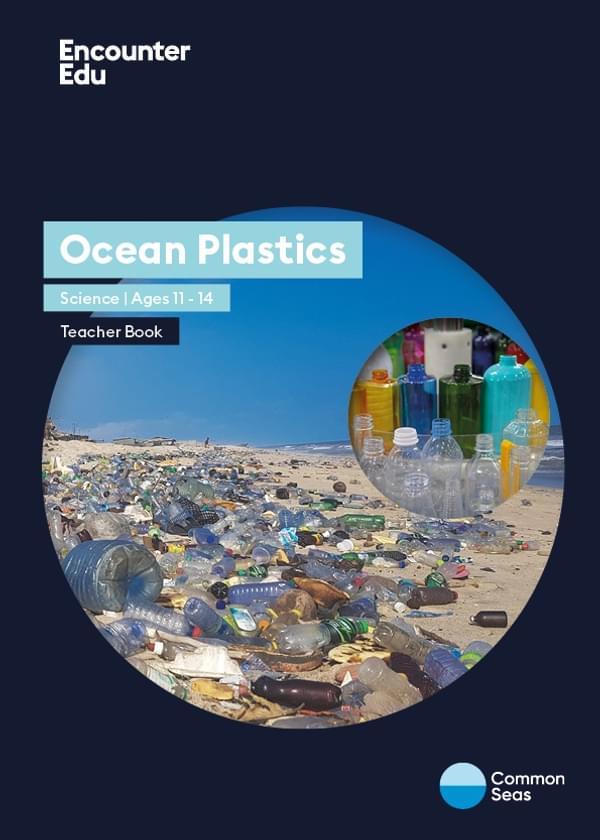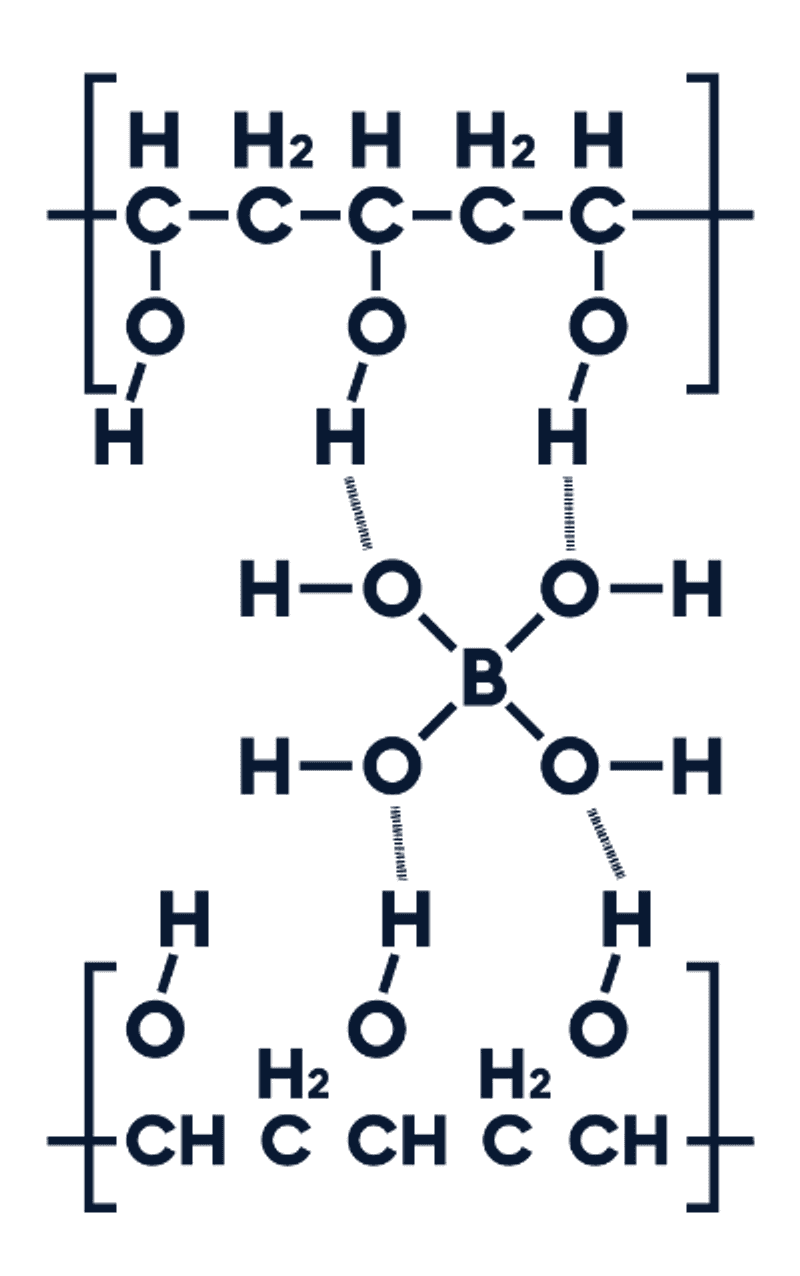Slimy chains
In this activity, you will find out how a change in the structure of a molecule can change its physical properties. You will make your own slime by adding contact lens solution and bicarbonate of soda to PVA (school) glue. This is a similar process to how plastic is made, where oil (a liquid) is turned into a solid through a chemical reaction, polymerisation.
Ages 5+
(adult supervision)
15 minutes
Part of:
Common Seas Ocean Plastics AcademyOverview
To make your slime, you will need three ingredients PVA glue, contact lens solution and baking powder. You can also add some food colouring. You can adjust the units below based on the amount of glue you have.
Activity steps
- Squeeze the contents of the glue bottle (100 ml) into a bowl. Add food colouring if desired.
- Add and mix in ½ tablespoon of bicarbonate of soda (aka baking soda, but not baking powder) and stir with your stirring utensil.
- Mix in 1 tablespoon of contact lens solution with your stirring utensil until combined. You can experiment with the amount of contact lens solution. The more you add, the thicker your mixture will become. The less you add, the slimier it will be. Your contact lens solution must contain boric acid and/or sodium borate for it to activate the mixture, check the ingredients list to be sure.
- When your slime begins to pull away from the bowl, you will then need to knead your slime to combine all the ingredients fully.
- Once made, keep your slime stored in an airtight container.
- So… how was your slime experiment? Are you basically a master alchemist now? We’d love to hear how you got on with this challenge – can you send us a picture or share one on Instagram? Don’t forget to tag us @commonseas so we know where to look, and it’d be great if you could use the hashtag #SeaChampions. Thank you
Further ideas
You can extend the learning for this activity by teaching a full lesson about how plastics are made. For primary school, there is a key stage 2 science lesson What are plastics? Part two and, for secondary school, have a look at the key stage 3 science lesson How are plastics made?.
Safety guidance
- Play with your slime on a mat or other surface that you don’t mind potential staining.
- Wear an apron or old top to make sure you don’t stain clothes.
- Keep long hair tied back to avoid getting slimy hair.
- If you are posting work on social media, this should be done via a parent, guardian or school account for children under the age of 13. Children over the age of 13 should still be supervised by an adult. Check out the Thinkuknow website for more guidance on online safety.
Brought to you by


Cross-curricular | Ages 7-11
Ocean Plastics
Ocean Plastic ages 7-11 unit is a KS1 teacher resource that introduces students to the issue of plastic pollution. Students study materials, their properties and are inspired to enact change in their communities.

Science | Ages 11-14
Ocean Plastics
Ocean Plastics Science ages 11-14 unit is a KS3 teacher resource combining both biology and chemistry. Students discover the journey plastic takes from manufacture, use, and disposal into the ocean. Included are teacher resources that allow students to emulate real research conducted by The University of Plymouth.


